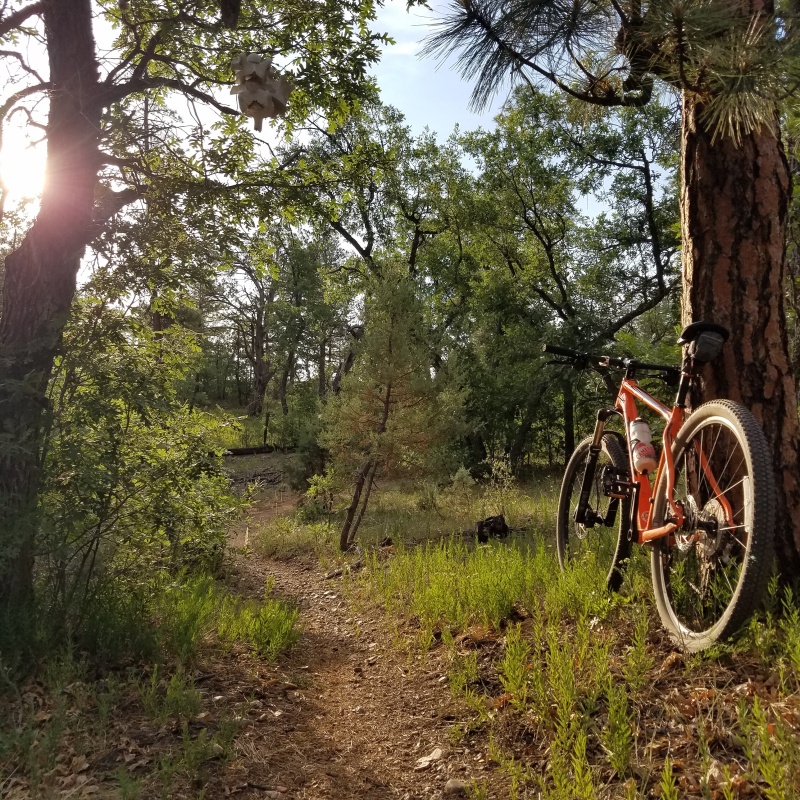The EHANCE trial was published this weekend. Many of you are wondering, “WTF? What is ENHANCE? And why does it matter?”
First question: techinally it is, “Effect of Combination Ezetimibe and High-Dose Simvastatin vs. Simvastatin Alone on the Atherosclerotic Process in Patients with Heterozygous Familial Hypercholesterolemia.” Right. In plain English “Does the combination of simvastation (Zocor) and ezetimbe (Zetia) the combination better known as Vytorin, work better than simavstatin alone in patients with family related high cholesterol?” The short of is is a resounding, “NO!”
It matter for several reasons. This trial was supposed to prove that Vytorin was a better drug than simvastatin for the treatment of high cholesterol. Vytorin was going to be a new cash cow for Merck, cashing in on the same fears of baby-boomers that Lipitor has plundered over the years. I mean why not, Vytorin is only $289.96 at Drugstore.com for a 90 day supply. Compare that to lovastain (Mevacor) where a 90 day supply would be $12 at Walmart. Now I know that comparing drugs are almost like apples and oranges, but c’mon, this is big money. Lipitor is on going generic, simvastatin already is, the companies “need to have high prices to fund research.” No, they need high prices to fund Dr. Jarvik’s wonderful commercials.
I’m all for new meds, but shouldn’t there be priorities? I mean really, do we need another drug for erectile dysfunction? (The stories my friend who works at VA urology clinic spins…) Reducing cholesterol is a good thing too, decreases heart attacks and all the assorted nastiness that goes along with heart failure. But isn’t just giving a pill and easy out? What about diet? What about exercise? What about personal responsibility for one’s own health? Naw, we’d rather take a pill.
So what does this rant all boil down to? In the real world, nothing much. But for those folks who are taking these meds every day, and shelling out thousands of dollars every month, it makes a big deal. Now they have leverage to talk to their doctor and say, “I heard about this ENHANCE trial thingy, and I’m tired of shelling out $200 a month for Vytorin. any chance of finding something different?”
Sources:
Junkfood Science: ENHANCE trial published today
ACC Statement on ENHANCE Study
Schering, Merck’s Vytorin Should Be Last Resort, Doctors Say
Vytorin, manufacturer’s site
Don’t forget in January there was a big hoopla about the withholding of ENHANCE trial data, some suspect to pad stock prices. I did a Google search and found some interesting reading. Enjoy and Good Night.




